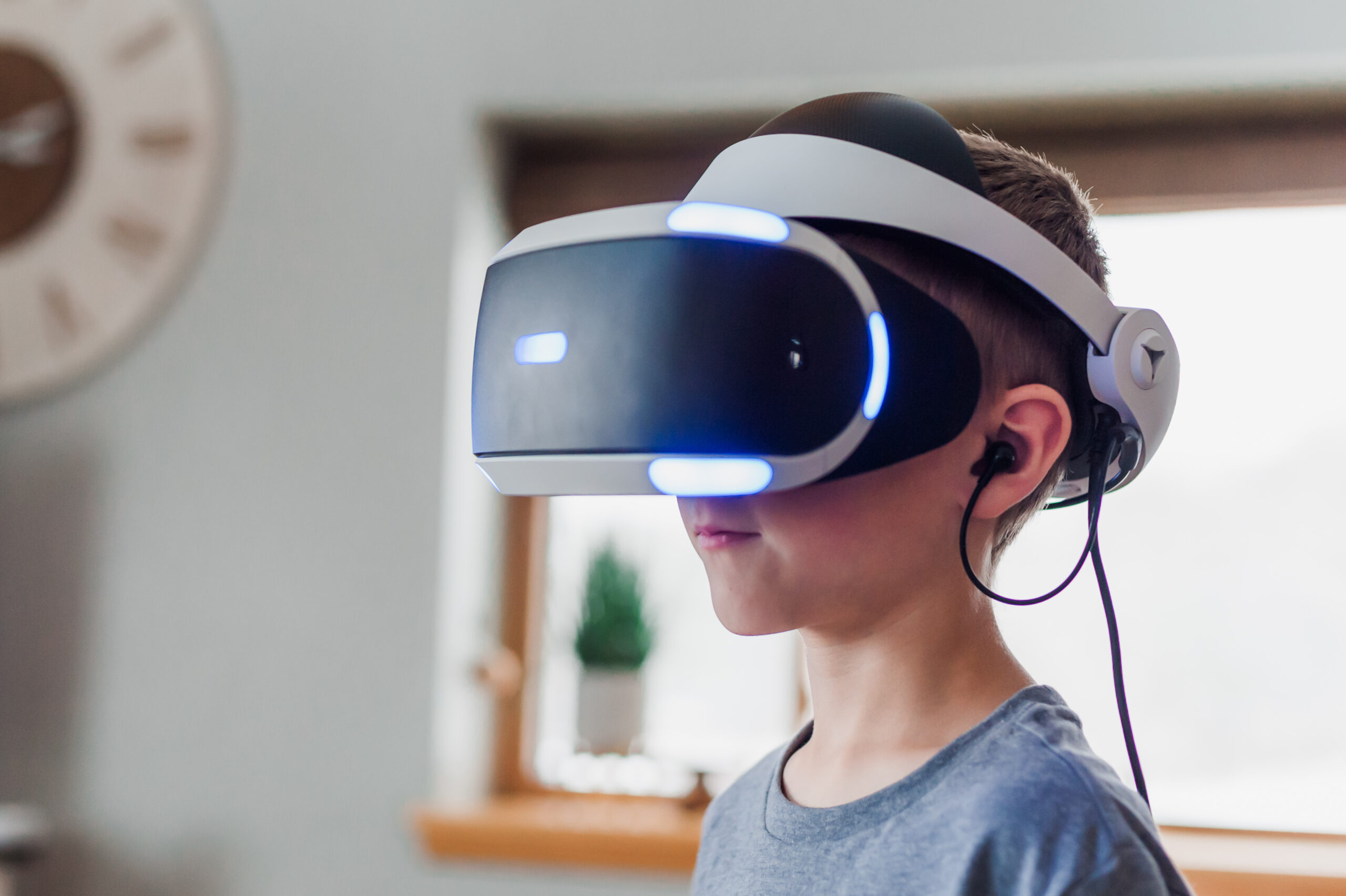Virtual reality is one of the most buzz-worthy technology topics of the moment. From video game enthusiasts to tech lovers, the development and accessibility of VR technology has people talking. Unsurprisingly, it’s making its way into K-12 classrooms all over the world, giving educators a way to immerse their students into limitless virtual experiences, from virtual field trips to applied mathematics and STEM learning. Undeniably, the advent of Virtual Reality has created new pathways for learning.
1. VIRTUAL FIELD TRIPS
Educators are using virtual reality apps such as Google Expeditions and Discovery VR to deepen students’ cultural understanding and historical knowledge through virtual field trips. With hundreds of expeditions to choose from, it’s easy to pair virtual field trips with a history or social studies curriculum.
Through VR, students can virtually take their understanding of a topic beyond the classroom. Students can visit the Egyptian pyramids and view ancient artifacts up close or tour the International Space Station while learning about aeronautics. The relatively low cost of Google Cardboard VR headsets makes Google Expeditions an appealing option for larger districts or those with very limited technology budgets as well.
2. A NEW WAY TO TEACH APPLIED MATHEMATICS.
Math teachers know that getting all students engaged with learning math is often an impossible task. Some of the more intangible math lessons require a multi-dimensional understanding that can be hard to convey to entire classrooms of students. VR provides a way for students to deepen their mathematical understanding by drawing graphs and structures in three dimensions instead of the traditional 2D model.
Advanced Micro Devices (AMD) brought Google’s Tilt Brush to a Canadian high school to show how this tool can be used in math classrooms. The Tilt Brush allows students to draw 3D structures virtually in space, helping them understand more complex mathematical functions that can be hard to grasp in 2D.
Check out the video case study here.
3. VIRTUAL STEM LESSONS.
Just like teachers can take their classes on virtual field trips to enhance history or social studies lessons, STEM teachers can bring their students into virtual lab environments (and even down to the cellular level!) to bring STEM learning to life. VR labs have both cost-saving and student safety benefits. They eliminate the need for schools to have as many physical science labs and can allow younger students to experience a lab environment without the potential safety risks posed to less trained students in a lab setting.
On the micro science level, apps like LifeLiQe allow students to examine plant, life, and geological models at close range. They can study each model by rotating, swiping, and zooming in and out while taking photo or video of the model. The platform is aligned to Next Generation Science Standards and includes hundreds of lesson plans, covering topics like the circulatory system and the water cycle. Chemistry VR apps, such as DAQRI, allow students to create virtual chemical compounds and see how they react with one another.
4. MEDIA AND CONTENT CREATION.
Students can now create their own virtual reality media with the help of some creative apps such as Aurasma (now HP Reveal) and CoSpaces EDU. These apps allow students to build their own virtual environments, starting with user- friendly content blocking and moving up to JavaScript, CoBlocks, and TypeScript coding. Students can create virtual environments to explore, from simple mazes to complex urban and natural environments. This type of virtual environment creation can be tied into various lesson types. Students can create virtual colonies in US History or under sea ecosystems in Biology, all while building coding skills. Integrating VR and AR creation into your lesson plan can help students think critically about both content creation and presentation strategies.
Check out the video case study here.
